Best Backpacking Quilt For Ultralight Camping 2024
Last Updated: March 28, 2024
Ultralight Quilts For Backpacking
Investing in a high performance ultralight backpacking quilt will help you reduce carried weight, improve sleep quality, restore muscles, and camp comfortably in a wider range of temperatures. We’re glad you’re researching the best backpacking quilts, because they outperform sleeping bags on warmth-to-weight ratio, total weight, value, and versatility.
This honest buyer’s guide is informed by intensive product stat comparisons, backcountry testing, and decades of ultralight gear review savvy. We bring clarity to a marketplace clouded by deceptive temperature ratings and want to make sure you to get the best possible backpacking quilt for your money!
Buying an ultralight quilt is a major investment in your kit, which is why we encourage you to keep reading past the reviews (or skip ahead) to learn more about our inclusion criteria, as well as pro tips for purchasing and sleeping comfortably in a backpacking quilt.
While you’re here, don’t miss our guides to the best sleeping bags, sleeping pads, ultralight pillows, dry bags, winter sleeping pads, backpacking packs, and down jackets.
You make Adventure Alan & Co possible. When purchasing through links on our site, we may earn an affiliate commission at no additional cost to you. Here’s why you can trust us.
Best Ultralight Backpacking Quilts
- Editor’s Choice: Enlightened Equipment Enigma 20
- Top Pick: Zpacks 20F Solo Quilt
- Top Pick: Hyperlite Mountain Gear 20 Degree Quilt
- Top Pick: Hammock Gear Burrow UL 20
- Best Under $400: Hammock Gear Burrow 20
- Best Under $350: Outdoor Vitals Stormloft 15
- Best From Major Brand: Therm-a-Rest Vesper Down Quilt 20
- Best Value From Major Brand: Therm-a-Rest Corus Quilt 20
- Best REI Co-op Label: REI Co-op Magma 30 Down Trail Quilt
- Best 2-Person: Enlightened Equipment Accomplice 20
Ultralight Backpacking Quilt Accessories
- Best Sleeping Pad: Therm-a-Rest NeoAir Xlite NXT
- Best Pillow: Hyperlite Mountain Gear Stuff Sack Pillow
- Best Dry Bag: Hypermite Mountain Gear Roll Top Stuff Sack
- Best Down Wash: Nikwax Down Wash Direct
- Best Repair Patch: Gear Aid Tenacious Tape Repair Kit
| Quilts | Price ($) | Weight (oz) | Fill Power (in³) | Fill Weight (oz) | Down Volume (in³) |
Down Vol/Total Weight (in³/oz)
|
| EE Enigma 20 | 440 | 18.4 | 950 | 13.8 | 13110 | 713 |
| EE Accomplice 2P 20 | 615 | 33.9 | 950 | 24.9 | 23655 | 698 |
| HMG 20 Degree Quilt | 499 | 20.1 | 1000 | 14 | 14000 | 697 |
| Zpacks Solo Quilt 20 | 429 | 18.3 | 900 | 13.7 | 12330 | 674 |
| HG Burrow UL 20 | 430 | 20.5 | 950 | 13.5 | 12825 | 626 |
| Therma-a-Rest Vesper 20 | 460 | 19 | 900 | 12.5 | 11250 | 592 |
| HG Burrow 20 | 360 | 23.6 | 850 | 16.1 | 13685 | 580 |
| Outdoor Vitals Stormloft 15 | 330 | 23 | 800 | 16.2 | 12960 | 563 |
| REI Magma 30 | 329 | 20.3 | 850 | 11.6 | 9860 | 486 |
| Therma-a-Rest Corus 20 | 310 | 26 | 650 | 19 | 12350 | 475 |
Full Reviews: Best Backpacking Quilts of 2023
Editor’s Choice Ultralight Quilt
Enlightened Equipment Enigma 20
When optimized with 950 fill power goose down and 7D nylon, The Enlightened Equipment Enigma 20 weighs only 18.4 oz, and is the backpacking quilt with the highest warmth-to-weight ratio. It is our go-to ultralight backpacking quilt.
- Weight: 18.4 oz
- Price: $440
- Down: 950 fill power goose down
- Fill Weight: 13.8 oz
- Fabric: 7D Nylon with DWR
- Pros: Ultralight. Best warmth-to-weight.
- Cons: Slightly delicate. Down isn’t hydrophobic.
Features
The innovative and iconic U-shaped baffles keep the plumes where they’re needed most. Nobody else does it this way.
This is a simple backpacking quilt with a sewn-closed footbox, which keeps the most possible heat in – extra perfect for those with cold feet. Its only major feature is the neck snap and cinch. Which is actually perfect, because that’s all you really need.
What’s also great is how customizable this backpacking quilt is. You can downgrade slightly less choice to 850 fill power down and 10D Nylon to save $100 and add just three ounces. It also comes in short/regular/long lengths, and regular/wide widths.
This is an exemplary ultralight backpacking quilt, and no other model does the basics quite as well as the Enlightened Equipment Enigma. Because the basics are what matters most, we recommend this quilt highest of all. As such, the Enigma is a perfect blend of value and Performance.
The regular length version of these quilts (which we used for comparison) are 72”, however, for those who need greater length a “long, 78 inch” version is also available with a minimal .67 ounces added weight.
The Enlightened Equipment website also provides a very good sizing chart if you are in doubt about what is best. With a 51” shoulder girth, this quilt does run on the narrow side.
Verdict
If you want to save the most possible weight and be as warm as possible in the backcountry, no backpacking quilt will serve you better than the best-in-class Enlightened Equipment Enigma 20.
Top Pick Ultralight Quilt
Zpacks Solo Quilt 20
Zpacks Solo Quilt 20F is one of four ultralight backpacking quilts in a class of their own at the top of the performance rankings, roughly in a four way tie. That group is comprised of Zpacks Solo, Enlightened Equipment Enigma, Hammock Gear Premium Burrow, and Hyperlite Mountain Gear 20 Degree.
- Weight: 18.3 oz
- Price: $429
- Down: 900 fill power RDS goose down with DWR
- Fill Weight: 13.7 oz
- Fabric: 7D Ventum ripstop nylon with DWR
- Pros: Ultralight. High warmth-to-weight.
- Cons: Slightly delicate.
Features
Solo Quilt employs ultralight 7D nylon stuffed with 900 fill power hydrophobic goose down. It is the same minimalist chassis as the others: vertical top baffles and horizontal footbox baffles. The footbox is sewn-in to maximize insulation, and this quilt has one of the very highest possible warmth-to-weight ratios.
At 18.3 oz, it might be the lightest, but there is enough variation between individual products that it’s ultimately hard to say. Compared to Enigma, it has an advantage with DWR down, but uses 900 down fill instead of 950. It’s a bit lighter and a bit less warm than HG Premium Burrow. It’s notably less expensive and a bit lighter and less warm than HMG 20 Degree.
Color matters little to us compared to performance, but it’s worth noting that we love the bright pop colorways. The azure blue, the lime green, and the marigold orange are all bright, beautiful, fun, and would uplift the mood in any tent.
Lastly, we love that Zpacks Solo quilt comes with a complimentary Dyneema dry bag – a $30 value!
Verdict
Zpacks Solo is a seriously premium option and you cannot possibly go wrong with such an excellent ultralight backpacking quilt. Within the very top tier, it’s a good blend of performance, value, and weight.
Top Pick Ultralight Quilt
Hyperlite Mountain Gear 20 Degree Quilt
Our first sleep system with 1000 fill power down, the Hyperlite Mountain Gear 20 Degree Quilt is unmatched when it comes to materials performance. And weighing only 20.1 oz, it has an incredible warmth-to-weight ratio. This HMG backpacking quilt is one of four ultralight quilts in a league of their own, far surpassing the competition when it comes to raw performance. Its peers are the Enlightened Equipment Enigma, Zpacks Solo Quilt, and Hammock Gear Premium Burrow, and all four are roughly equal in terms of warmth-to-weight. Read more in our full length HMG 20 Degree Quilt Review.
- Weight: 20.1 oz
- Price: $499
- Down: 1000 fill power RDS goose down with DWR
- Fill Weight: 14 oz
- Fabric: 7D micro ripstop nylon with DWR
- ISO tested comfort: Unrated | Modeled comfort:
- Warmth-to-weight: | Warmth-to-cost:
- Pros: Ultralight. High warmth-to-weight. 1000 fill power down.
- Cons: Expensive. 1.5 oz heavier than other top quilts. Slightly delicate.
Features
But the sheer quality of the HMG model distinguishes it from the pack. We haven’t had a quilt with 1000 fill power before, and we’re excited to see this as an optimization in a field previously maxed out at 950. However, this road can only take us so far, is it even possible to source higher quality plumes at this point?
We also have a small concern that higher fill power plumage will be more susceptible to damage from crushing and compression, and that its off-the-shelf performance will quickly degrade back down the level of 900-950 fill power. One thing is for sure though, at $499, you’re definitely paying a premium for all that 1000 fp down.
Down aside, the Hyperlite Mountain Gear 20 Degree quilt is a classic minimalist design, and constructed with our preferred 7D ripstop nylon. Like its peers, it has a sewn footbox, vertical baffles running from top to lower leg where it switches to horizontal baffles at the footbox for extra structure. And it’s only features are the neck cinch, clasp, and pad attachment points.
Compared to all three of its primary competitors, this quilt is more expensive for a similar warmth. It’s the third heaviest, but only by a very small amount. We suspect this is because it’s a bit roomier, and the extra materials add an ounce or so of weight.
Verdict
The Hyperlite Mountain Gear 20 Degree Quilt is a seriously excellent backpacking quilt made the highest possible quality materials, and is one of the four best ultralight quilts money can by. You will love this quilt!
Top Pick Ultralight Quilt
Hammock Gear Burrow UL 20
Not just for ground sleepers! By a slight margin, the Hammock Gear Burrow UL 20 (formerly known as Premium Burrow) is the least expensive among top performing ultralight quilts. This is a win-win where price meets performance.
- Weight: 20.5 oz
- Price: $430
- Down: 950 Fill Power RDS goose down
- Fill Weight: 16.5 oz
- Fabric: 7D Nylon Ripstop with DWR
- Pros: Ultralight. Very high warmth-to-weight. Good value. Overfill available.
- Cons: 3oz heavier than other top quilts.
Features
The Burrow UL comes in a 7d nylon chassis stuffed with top of the line 950 fill power goose down. This materials combination is basically as good as it gets and represents a slight upgrade from its predecessor, which was 10d and 900 fill power.
When choosing options we recommend the sewn-closed footbox which reduces weight, and increases warmth-to-weight, relative to zippered foot boxes. The only feature that come with this model are a neck hem cinch and closure snap. Simple gets the job done best!
This is another very customizable backpacking quilt, and what sets it apart from the pack is the ease at which you can add down overfill at $20 per ounce, with up to four extra ounces. We recommend at least 1 ounce of overfill by default, ideally two. This will slightly increase its thermal barrier (aka temp rating), but more importantly, overfilling prolongs the life of the garment. The extra down fills in the gaps to prevent slumping as the plumes degrade over time via repeated compressions.
Verdict
Hammock Gear has been making some of the very best performance backpacking quilts for hammock and ground sleepers, and they absolutely smash the competition when it comes to value. The Burrow UL is truly exceptional, and especially appealing to those who want overfill.
Best Backpacking Quilt Under $400
Hammock Gear Burrow 20
If you want the most possible bang for your buck, Hammock Gear Burrow 20 (formerly the Econ Burrow) is the best possible value, and the singular best performing backpacking quilt (or sleeping bag) for under $400.
- Weight: 23.6 oz
- Price: $360
- Down: 850 fill power RDS down
- Fill Weight: 16.1
- Fabric: 20D nylon taffeta DWR
- Pros: Incredible value. Good warmth-to-weight. Ultralight
- Cons: Heavy side of ultralight.
Features
HG Burrow uses the same minimalist design as other top backpacking quilts, and exactly the same as its sibling the Burrow UL. The horizontal footbox baffles provide structure, while vertical torso baffles prevent cold spots and down migration. There are no other features besides a hood cinch and clasp. The optimal configuration is wide width and a sewn footbox.
The Burrow 20 is a slight notch below the four best ultralight quilts. Like, by roughly 2-3 ounces of weight, 100-150 in down fill power quality. The end result is about $100 in savings – not bad!
Verdict
The Hammock Gear Burrow 20 costs only $360, but outperforms most sleeping bags in the $500+ range. It smokes the competition in terms of value, and we recommend it highly.
Best Backpacking Quilt Under $350
Outdoor Vitals Stormloft 15
Choose the Outdoor Vitals Stormloft 15 Topquilt because it is the best value under $350, and a legit excellent ultralight quilt for backpacking with nice features.
- Weight: 23 oz
- Price: $330
- Down: 800 fill power RDS duck down with DWR
- Fill Weight: 16.2 oz
- Down Volume: 12960in³ | Down Vol/Total Weight: 563 in³/oz
- Fabric: 10D Toray ripstop nylon
- Pros: Ultralight. High warmth-to-weight. Very affordable, relative to quality. Draft collar. Comes with dry bag.
- Cons: Heavy end of ultralight. Duck down slightly inferior to goose.
Construction & Features
Part of what makes this quilt such a steal of a deal is the ingenious use of duck down instead of goose down. And its really comes down to it, 800 fill power is still 800 fill power, no matter the bird. That being said, duck down plumage is thought to have a slightly shorter lifespan (in terms of loft degradation), and is smelly when wet. But we think that’s a very generous trade off for such great cost savings.
The chassis of this quilt is similar to most others in the ultralight space – vertical torso baffles transitioning to horizontal footbox baffles. However, there are two notable differences OV has widened the shoulder girth for extra drape to prevent drafts. Furthermore, they’ve added a boxed baffle draft collar to further reduce heat leakage. And like all others, it also has a top cinch for max warmth.
Despite the use of “topquilt” this is very much a design intended for ground sleepers, first and foremost. Lastly, we nod to the 10d ripstop nylon fabric, which lands right in the sweetspot. UL enthusiasts may prefer 7D, but this is a happy medium for most folks.
Verdict
The Outdoor Vitals Stormloft Topquilt is a killer value for a mid-tier ultralight quilt that smokes any sleeping bag and is only topped by the best of the best. Dang though, what a great price-to-performance ratio.
Best Backpacking Quilt at REI
Therm-a-Rest Vesper Quilt 20
Therm-a-Rest Vesper Quilt is an excellent ultralight backpacking quilt with a high warmth-to-weight ratio from a mainstream brand, and the best performance backpacking quilt sold at REI at time of writing.
- Weight: 19.0 oz
- Price: $460
- Down: 900 fill power RDS goose down with Nikwax DWR
- Fill Weight: 12.5
- Fabric: 10D ripstop nylon with DWR
- Pros: Ultralight. Good warmth-to-weight. Widely distributed.
- Cons: Slightly underfilled with down. Overuse of horizontal baffles. Very narrow footbox.
Features
Vesper is made with premium ingredients that we would describe as great-not-best. That is, 900 fill power down with a name-brand Nikwax DWR hydrophobic treatment, 10d ripstop nylon. While you can definitely get a better quilt for $460, you can’t get a better quilt at REI, Backcountry, or anywhere outside the cottage industry.
As it should be, this is a minimalist design with few bells and whistles. It has the usual neck snap and cinch, as well as sleeping pad connectors, and that’s about it. We question the use of horizontal baffles along the torso which can lead to cold spots as down drifts away from high points.
But the product information notes “efficient box baffled construction with mesh walls,” so we presume there are interior blockades to keep plumes from drifting off the top center while in use.
Weighing only 19 oz, it’s actually lighter than two of top performers, and the third lightest overall quilt on our list. However most of our top ultralight quilts are comfortable into the 20s, and Vesper is much less warm because they did not fill it with enough down. We do not feel that this is a 20 degree quilt, and we think its comfort maxes out at freezing. It would definitely benefit from a couple extra ounces of additional down fill. It would be more accurate to call this quilt Vesper 25.
The underfilled baffles leads to a lower warmth-to-weight ratio than is optimally possible, and we suspect this quilt would lose loft after its first season, as the plumes receive a bit of use-damage from their first compression cycles and there is no extra down to backfill.
Of course, 900 fill power down is very expensive, so the fill amount as-is keeps the product below $500, which we are thankful for.
Verdict
But all in all, Vesper is an excellent product, and we commend Therm-a-Rest on a bang up design to help spread the gospel of backpacking quilts. It’s second only to the very top tier of cottage industry quilts.
Best Value Backpacking Quilt At REI
Therm-a-Rest Corus Quilt 20
The Therm-a-Rest Corus Quilt is an excellent value for a solid backpacking quilt from a mainstream outdoor brand stocked by mainstream outdoor gear distributors like REI and Backcountry.
- Weight: 26.0 oz
- Price: $310
- Down: 650 fill power RDS Nikwax Hydrophobic Down
- Fill Weight: 19 oz
- Fabric: 20D polyester taffeta with DWR
- Pros: Good value. Lightweight. Good warmth-to-weight. Durable.
- Cons: Overuse of horizontal baffles. Shallow footbox. Not quite ultralight.
Features
It’s built with 650 fill power Nikwax hydrophobic RDS down and 20d polyester. These are both good-not-great, but get the job done effectively. Polyester is an uncommon choice for a quilt fabric, but we acknowledge that it’s got a comfy hand-feel, even if it’s a bit heavy and less durable than nylon
The full quilt lands at 26 oz, which is lightweight not ultralight. But again, that’s all to be expected because the price is medium not high.
From a warmth-to-weight perspective, the Corus is on par with far more expensive sleeping bags, and but fairly average for performance backpacking quilts.
No major flaws with this one, but there are some areas for improvement. First even though the “box baffle construction uses mesh walls to maximize own loft and minimize cold spots,” we still think vertical baffles on the torso are a better solution for preventing cold spots.
We also note that the backside of the footbox is fairly shallow and won’t insulate feet quite as well on a very cold night. They seem to imply you could place the end of the sleeping pad inside the footbox, but we’re not sure why you would ever want to do that. In fact, don’t do that!
As with most backpacking quilts, there are very features, which is a good thing! We never bother to attach our sleeping pad and quilt, but if we wanted to, we like the look of the “Removable SynergyLink™ connectors. Though what’s best of all is that they’re removable!
As budget quilts go, this one is slightly inferior to the Hammock Gear Economy burrow in terms of price and performance, but the best value/performance blend you’ll find from mainstream retailers.
Verdict
The Therm-a-Rest Corus is a medium price for a pretty decent quilt, which makes for a great overall value proposition. As backpacking quilts go, this one is mid-tier, but because quilts are so effective, it is still comparable to a high end sleeping bag.
Most Versatile At REI
REI Co-op Magma 30 Down Trail Quilt
The REI Co-op Magma 30 Down Trail Quilt is a versatile, fully-featured quilt capable of shifting between blanket mode and hood-less sleeping bag by way of a zippered footbox. It’s a good performer, a solid value, and ready to buy at the Co-op right now.
- Weight: 20.3 oz
- Price: $329
- Down: 850 fill power goose down
- Fill Weight: 11.6 oz
- Fabric: 15D Nylon with Nonfluorinated DWR. Good price.
- Pros: Lightweight. Zippered footbox for full blanket conversion. Inclusive sizing.
- Cons: Excess zipper weight. Only offered in 30F temp rating. 15d shell is less choice than 10d
Construction & Features
Here’s a quilt design with an emphasis on versatility. The zippered, cinching footbox can be fully opened up to convert the entire quilt from hoodless-sleeping-bag mode to a full on down blanket. This is great for use in moderate-to-warm conditions, for car camping, or anytime you wish to pack portable warmth for laying about outside.
The chassis is constructed with a 15d recycled nylon. Not bad, but you know we would have preferred 10d from an ultralight performance perspective. Compared to the lightest models in our guide, Magma 30 uses 2x the fabric weight.
Its variable baffles are filled with 850 fill power DWR down, which is solidly good, but never exciting. REI has correctly run horizontal baffles on the lower half with vertical baffles the torso. This reduces down drift and cold spots.
A few other notable features include the insulated top draft tube, pad attachment cords, and a complimentary stuff sack. Lastly, the size offerings available are inclusive to a wide array of body types. And unlike other brands, REI has generously not cranked the prices up for longer or wider fits, despite the fact that they are much more expensive to manufacture. As such, this is a particular good by for larger campers who may otherwise expect to fork over an extra $20-$40. Thanks, REI!
Verdict
For a versatile, lightweight trail quilt, this seems like a pretty dang good, readily available option, at a reasonable price, from a beloved brand.
Best 2 Person Backpacking Quilt
Enlightened Equipment Accomplice 2 Person Quilt 20
Reclaim the lost camping snuggle and maximize warmth-to-weight with an Enlightened Equipment Accomplice 2 Person Quilt! Compared to two individual quilts, it weighs less and is significantly warmer, thanks to fewer side walls and shared body heat.
- Weight: 33.9 oz
- Price: $615
- Down: 950 fill power RDS goose down
- Fill Weight: 24.9 oz
- Fabric: 10D nylon with DWR
- Pros: Best warmth-to-weight possible. Lowest total weight per person. Snuggles.
- Cons: Expensive. Not DWR down.
Features
Sharing is not just caring, it also leads to the highest possible warmth-to-weight ratio. This is the most efficient system for two backpackers, and our preferred quilt for heading out with a partner.
It is plenty spacious, so you needn’t worry about constantly bumping each other or blanket stealing – there’s plenty to go around with the 86″ girth. That said, if either sleeper is more restless than average, you may prefer separate quilts.
While we normally prefer minimalist quilts, we love the features that come with the Enlightened Equipment Accomplice. That includes the proprietary draft blocker which prevents heat from escaping from gap in between shoulders.
It snaps closed and cinches around the neck for maximum heat retention, or can be opened up by either camper for individualized climate control. We also use the sleeping pad connectors to turn two individual pads into one super pad.
Verdict
This is the backpacking quilt we always recommend to couples, and it delivers an incredible warmth-to-weight ratio, above and beyond what is possible with two individual quilts.
Full Reviews: Backpacking Quilt Accessories
Best Sleeping Pad
Therm-a-Rest NeoAir XLite NXT Sleeping Pad
New for 2023, the Therm-a-rest NeoAir XLite NXT (shop now) is currently the undisputed best performance sleeping pad for backpacking that money can buy, and it has no equal. It is statistically superior in almost every way and across all measurements when compared to all other sleeping pads. Read more in our full-length Therm-a-Rest NeoAir XLite NXT Review.
- Price: $210
- Weight: 13 oz
- R-Value: 4.5 | R-Value/Weight: .35
- Thickness: 3”
- Fabric: 30d
- Sizes: Regular Short, Regular, Regular Wide, Large
- Pros: Comfy. Thick. Ultralight. Very High R-Value-to-weight.
- Cons: Expensive.
Features
NXT’s R-Value of 4.5 is one of the highest among three season pads, and with a weight of only 13.0 oz, it’s also one of the very lightest. It’s so far ahead of the pack, that compared to the second best sleeping pad, its R-value-to-weight ratio is 24% higher.
XLite NXT is no slouch on comfort either. Now with an additional half inch of thickness compared to the original, XLite NXT is 3” thick, which means you can basically ignore small roots and divots in the ground, and side and back sleepers will be happier. And what’s more, compared to previous editions, it’s designed to be much quieter.
While it’s definitely still a bit crinkly, we’d describe the overall volume as average and acceptable. At time of publishing, Therm-a-Rest states it is six times quieter than the original XLite on their homepage. While it did get noticeably quieter, our experience did not indicate 6X.
Inflation with NXT can be a bit of a chore considering how thick the pad is. But the “winglock” valve is excellent, and you don’t have to constantly tighten it in between breaths or pumps. The 30D fabric is very durable, and you shouldn’t have any problems so long as you aren’t using it on scratchy surfaces.
Verdict
This is the best overall sleeping pad for backpacking that has ever been manufactured, and we can’t wait for you to try it out! Enjoy!
Best Pillow
Hyperlite Mountain Gear Stuff Sack Pillow
We love the 9L Hyperlite Mountain Gear Stuff Sack Pillow for dry gear storage and improving quality of sleep.
- Weight 1.7 oz
- Price: $59
- Size: 12×17″
- Fabric: DCF 8, 100 weight-fleece lining
- Pros: Comfy. Doubles as dry bag stuff sack. Ultralight.
- Cons: Doesn’t work if you’re wearing all of your layers to bed.
Features and Verdict
A great 2-for-1. Constructed with waterproof durable Dyneema, zipper access, and a reversible fleece interior lining for pillow-mode. It gives a lot of utility for 1.7 ounces.
The large size fits a puffy jacket and/or some extra layers. We find it is comfier than inflatable pillows. Grab one of these, you will not regret it!
Best Dry Bag
Hyperlite Mountain Gear Roll Top Stuff Sack
Hyperlite Mountain Gear Roll Top Stuff Sack is a classic dry bag made out of Dyneema. The DCF11 fabric is extremely durable, lightweight, long lasting, completely waterproof, and just feels indestructible and high quality.
- Weight: 2.0 oz
- Price: $79
- Materials: DCF11
- Volume: 43 L
- Pros: Ultralight. Ultra durable. Best-in-class. Voluminous.
- Cons: Expensive.
Sizes
The 25L size L is probably the most universal, but we love the 43L XL, which is . 4oz heavier and big enough to store a 4-season sleeping bag, puffy, and all extra clothes without over compressing.
If you’re going to spend that much on one dry bag, you might as well get the one size that fit’s all. And it’s compatible with winter camping bulk.
Verdict
This is an excellent ultralight dry bag fit for an ultralight backpack. For less expensive (but less durable) ultralight dry bags, turn to the Sea to Summit Ultra-Sil Dry Bags.
Best Down Wash
Nikwax Down Wash Direct
When you notice your down sleeping bag or jacket starting to look a bit less puffy than it used to be, it’s time to use Nikwax Down Wash Direct. By cleaning the plumes, you reinvigorate the down’s loftiness, re-puff the baffles, and ultimately increase the warmth retention of the garment.
- Weight: 0 oz | Price: $13
- Technology: Down-safe soap.
- Pros: Renews loft. Cleans. Safe. Biodegradable.
- Cons: Never quite restores 100% of original loft.
Features and Verdict
We tend not to get our down pieces very dirty in the first place, but still like to wash them about once per year of heavy use, or every other year with moderate to light use. Down washing is an important and underrated aspect of gear maintenance and most people do it too infrequently.
Nikwax recommends using this detergent in the tub for large garments like sleeping bags, or a large professional-grade front loading washing machine. Dry it out afterwards by tubmle drying on low heat settings. It even works on DWR-treated hydrophobic down. The only bummer is that even a thorough washing and drying will only restore the down to about 90% of its original puffiness.
The wear and tear caused by bodyweight and compression storage will slowly degrades the plumes, and you will never quite get a full factory reset.
But that’s not Nikwax’s fault, and we highly recommend Nikwax Down Wash Direct to get the most out of your down products.
Best Down Wash
Gear Aid Tenacious Tape Repair Patch
For small to mediums sized rips and tears, we prefer using a Gear Aid Tenacious Tape Repair Patch, precut in a hexagonal shape.
- Weight: 0.1 oz (once applied)
- Price: $5
- Technology: Tenacious Tape
- Cons: Long lasting. Works in backcountry. Very adhesive. Waterproof.
- Cons: Requires smooth surfaces
About
When applied to a smooth, relatively clean surface, the repair patches are incredibly long lasting and durable. The adhesive is significantly stickier than duct tape. The patch itself is waterproof and will prevent leaks. We recommend the hex shaped patches because the corners are less sharp than rectangles, thus less prone to catching and peeling.
These repair patches work on tents, backpacks, rain jackets, hiking clothes, and pretty much any other fabric item that can be laid flat and smoothed out. However, they won’t work well on textured surfaces, like shoes or mesh.
Verdict
Nonetheless, Gear Aid makes a best in class product that should be a staple in every hikers repair kit, especially those who use ultralight tents with thin fabric. We always carry them and you should too.
Video Overview on Backpacking Quilts and Sleeping Bags
What makes it an ultralight quilt?
For the sake of this guide, we consider any backpacking quilt that is comfort-rated down to freezing and weighs 23 oz or less in standard/medium/regular sizing to be an ultralight quilt. However, there is no technical definition, and weight benchmarking is also relative to the temperature rating that you are shopping.
For 30 degree bags, we might consider the cut off to be 20 oz, and for 10 degree bags, closer to 30 oz, since they require more down, more fabric to contain the down, and extra interior space to layer.
How to sleep warm in a backpacking quilt when its cold
Why focus on 20 degree backpacking quilts and sleeping bags?
For ease of comparison, this buyer’s guide focuses exclusively on 3-season backpacking quilts and sleeping bags with 15-20 degree ratings in their product name. This translates to a 25-30 degree lower comfort limit, which we feel is the most useful, all-purpose insulation level which provides a few degrees of buffer below the lowest temperatures most backpackers will experience in a season.
However all of these sleeping bags can also be purchased in 0, 10, and 30 degree versions, and the same recommendation qualifiers apply when comparing models. Unsurprisingly, the best overall 20 degree sleeping bag is also the best overall 30 degree sleeping bag.
Warmth-to-weight ratio is key for an ultralight quilt
Sleeping bags have one main job – keep us warm. And so long as they’re doing that, the next most important thing is not to weigh down the backpack when carried. That’s why our guide focuses on warmth-to-weight ratio as the ultimate measure of performance for backpacking quilts and sleeping bags.
We’ll pass on all of the bells and whistles, so long as you give us a high warmth-to-weight sleeping bag at a good price.
Most features are nice, but not necessary
While significantly less important than having a good warmth-to-weight ratio, other features are worth considering to evaluate the entire user experience. Zipper snag guards, and the ability to cinch down around your head or neck are the two most important. But beyond that, which are worth their weight is fairly subjective.
Convertible blankets are very nice, especially in summer. We usually prefer sewn footboxes to ventilated ones for maximizing warmth-to-weight, but an exception would be made for 30 degree summer bags. Internal pockets are generally unnecessary, and we rarely go for draft collars except when winter camping.
Down and fill power for a backpacking quilt
High quality down plumes are the most important part of a sleeping bag’s ability to loft and insulate. Down plumes are rated according to the amount of square inch volume taken up by one ounce. 900+ fill power is considered the loftiest, highest quality, most expensive down, and what is used in ultralight quilts and sleeping bags.
Fill powers ranging from 700-900 are considered good. Fill powers from 500-700 are low-to-mid-tier. We’ve even noticed 1,000 fill power down being used recently. While we believe this is a strict performance upgrade, we’re worried that the most voluminous plumes would also be most susceptible to damage with use over time. Will theyquickly degrade to a 900 fill power level, thus making paying extra for it a bad long term investment.
Will higher fill powers continue to be offered as we get better at sifting the best plumes to the top? We will report back if we learn more.
Down vs synthetic for backpacking quilts and sleeping bags
As of 2023, high fill power down (900+) still outperforms synthetic insulation in warmth-to-weight, which is why all of the best performing backpacking quilts and sleeping bags are still filled with plumes. But technology creeps forward, and every year brings us closer to the day when synthetics surpass down in terms of performance.
At time of posting, top tier synthetic insulation appears to be edging out 650 fill power and is creeping towards 800 fill power. And when manufactured with recycled materials, synthetics are beginning to appear as the more ethical choice too. We’re keeping our eye on the development of synthetic insulation for backpacking quilts and sleeping bags, and will report back as developments occur in this niche.
Fabrics for backpacking quilts and sleeping bags
The best ultralight backpacking quilt fabrics are the lightest ones that reliably encase down, and are just durable enough for backcountry use. To maximize warmth-to-weight, it is important to minimize fabric, as it is a low contributor of insulation. Ripstop nylon still reigns supreme here, and we prefer it in 7 denier (7D). If you’re hard on gear, we recommend you find a sleeping bag with a 10D+ Ripstop nylon.
Backpacking quilt and sleeping bag baffles
From a performance perspective, it is preferable to sew vertical baffles (paralleling the body) along the chest and legs of a sleeping bag. This is compared to horizontal baffles (running perpendicular to the body) in which gravity will slowly cause down plumes to drift off the top center of the body and down to the lower sides. This exposes a cold spot directly on top of the sleeper and must be prevented.
Backpacking quilt > sleeping bag
It is our long-held belief that the best ultralight quilts outperform the best sleeping bags in terms of warmth-to-weight, value, and overall user experience. Quilts are composed only of the three hardest working parts of a sleeping bag (top, sides, footbox) and cut the three least hard working parts (zipper, hood, back).
Compared to down and nylon, zippers are relatively heavy. Compared to fully lofted down on the top and sides of a sleeping bag, down that is compressed by the weight of your body and hood is relatively ineffective. By doing away with zippers, backs, and hoods, camp quilts reduce production cost, save weight, shave inefficiency parts, and increase warmth-to-weight ratio.
When not testing sleeping bags, we always carry backpacking quilts. But we understand why people love sleeping bags. The sensation of fully zipping up and tucking into the hood is cozy and hits just right. That’s why we fully endorse bags in our guide to the best sleeping bags for backpacking. But you are at home here if you want only the best warmth-to-weight ratio.
Backpacking quilt maintenance
While unpacking from your trip, make sure to dry out and re-fluff your backpacking quilt. We recommend running it through a front loading dryer on low for 10 minutes, or until dry. Store it in the big cotton bag it came with rather than compressed in a dry bag. If you notice that your sleeping bag is slowly losing loft, try washing it with Nikwax downwash.
With use over time dirt and body oils will slowly start to penetrate the fabric and build up on the plumes. This degrades their loftiness, thus decreasing the insulating ability of your sleeping bag. We find that washing resuscitates down up to 90% of its original off-the-shelf performance, and we try to do it about once every other year for high-use backpacking quilts.
In conclusion
The best backpacking quilt is such because it has a high warmth to ratio, and a low total weight. The ultralight quilts in this buyer’s guide have the highest warmth-to-weight ratios according to our predictive model. All of the best ultralight backpacking quilts are manufactured by the cottage industry, but we know see some high performance and value quilts from mainstream brands. Any backpacking quilt on this list would make for an excellent next backcountry sleep system.
Check out more great gear guides:

 Best Fingerless Gloves For Hiking & Backpacking 2024
Best Fingerless Gloves For Hiking & Backpacking 2024
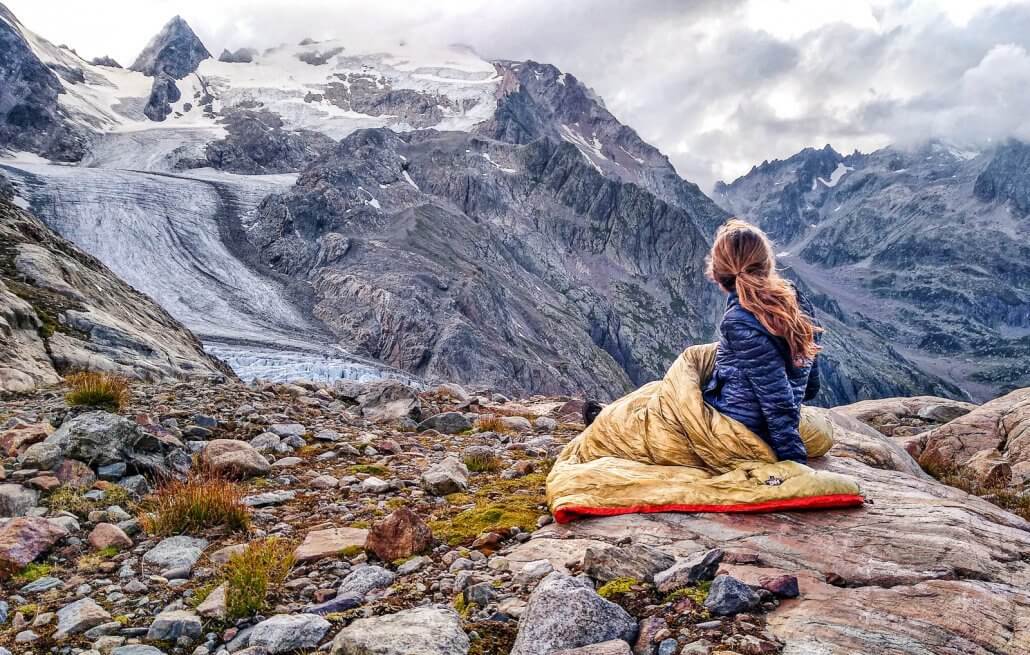
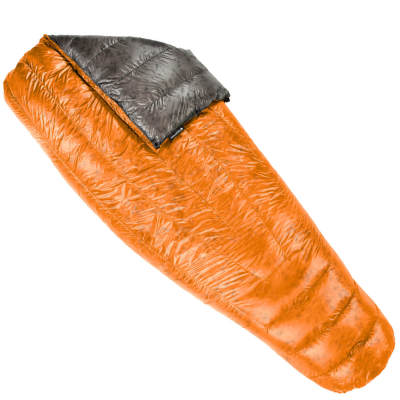
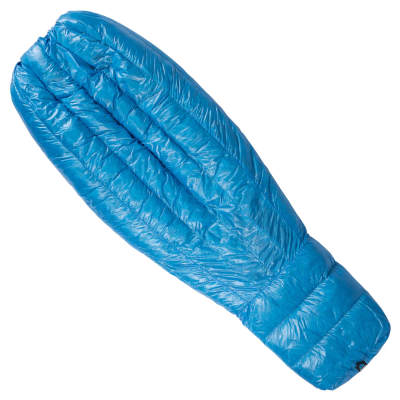
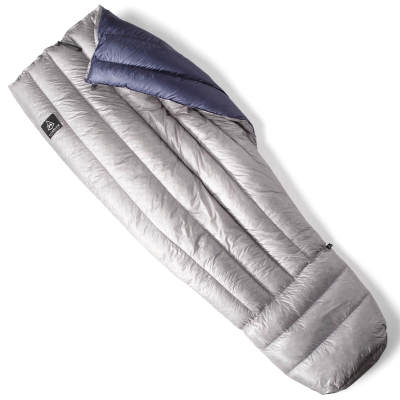
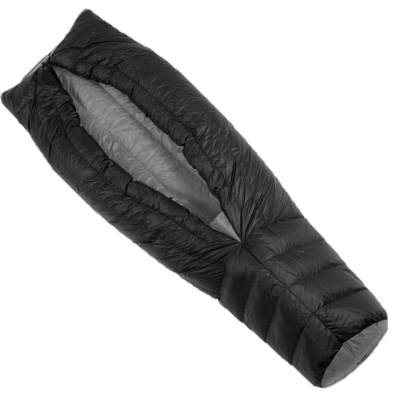
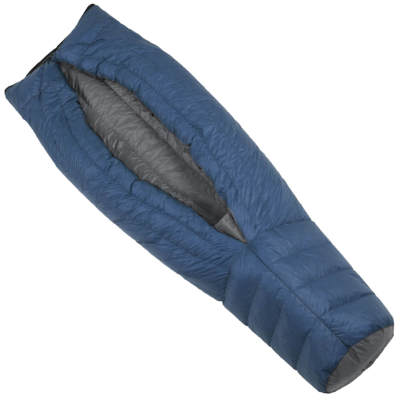
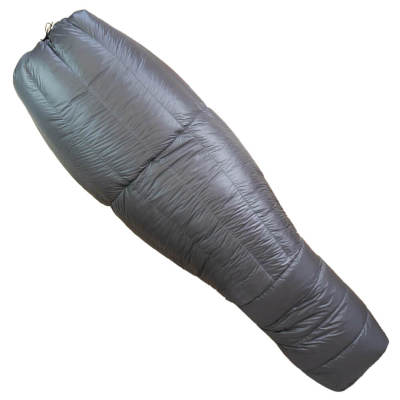
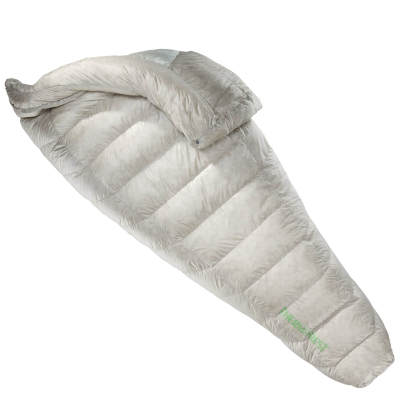
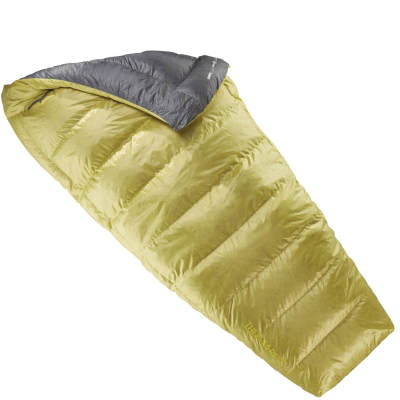
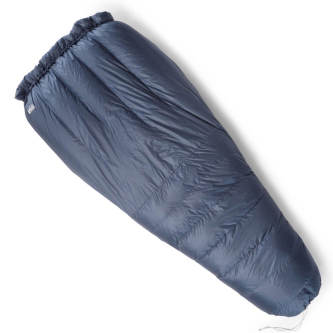
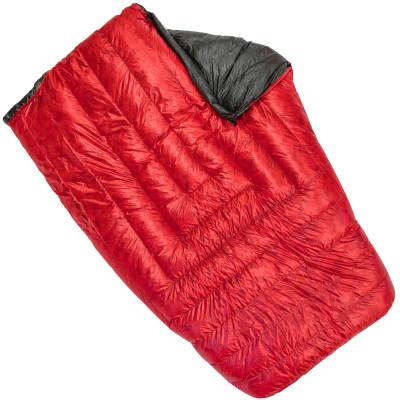





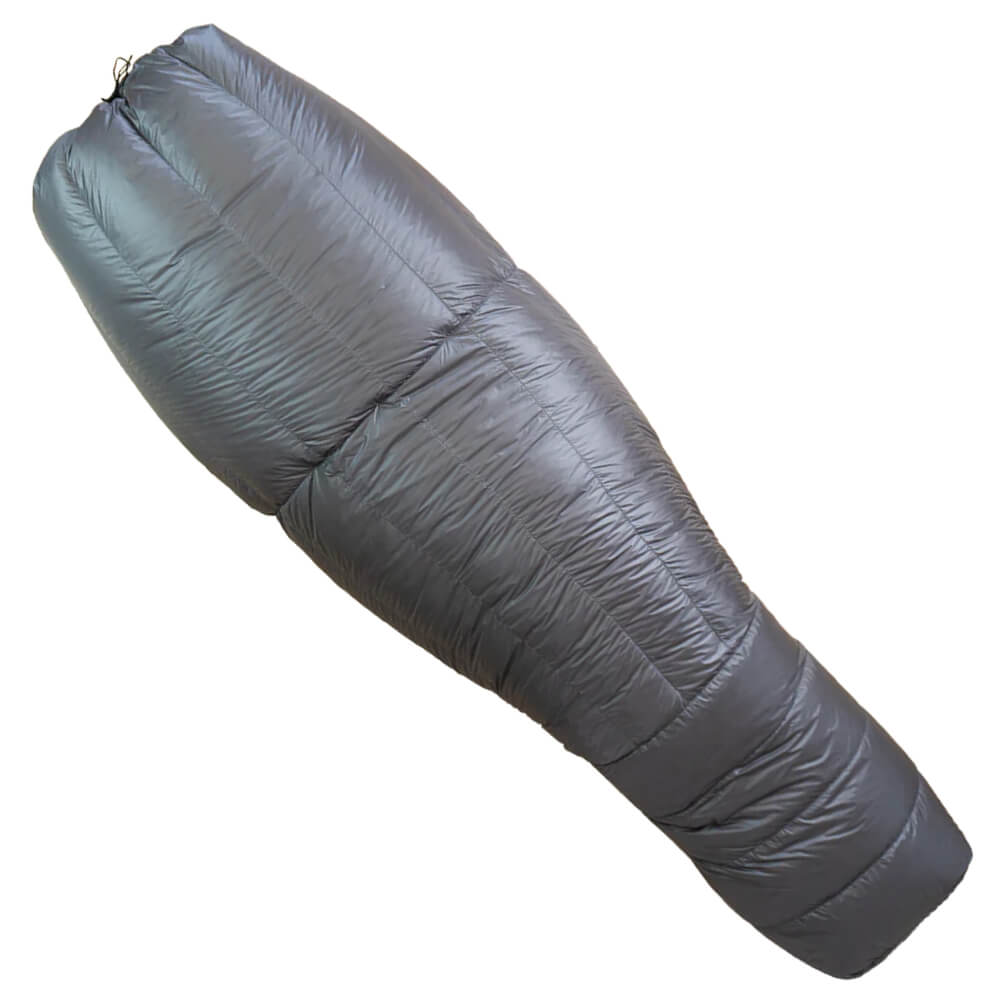




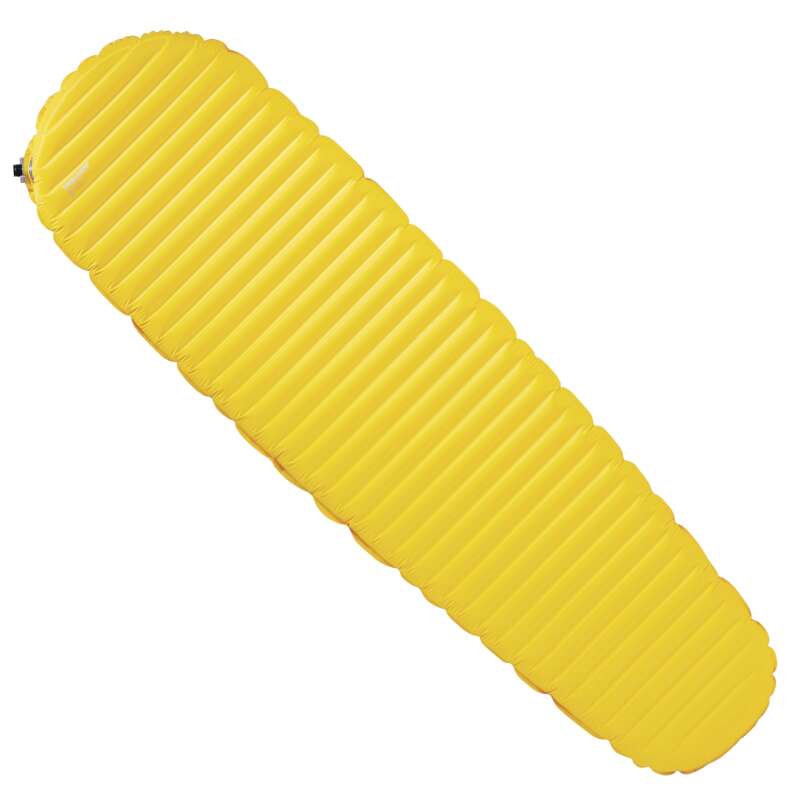
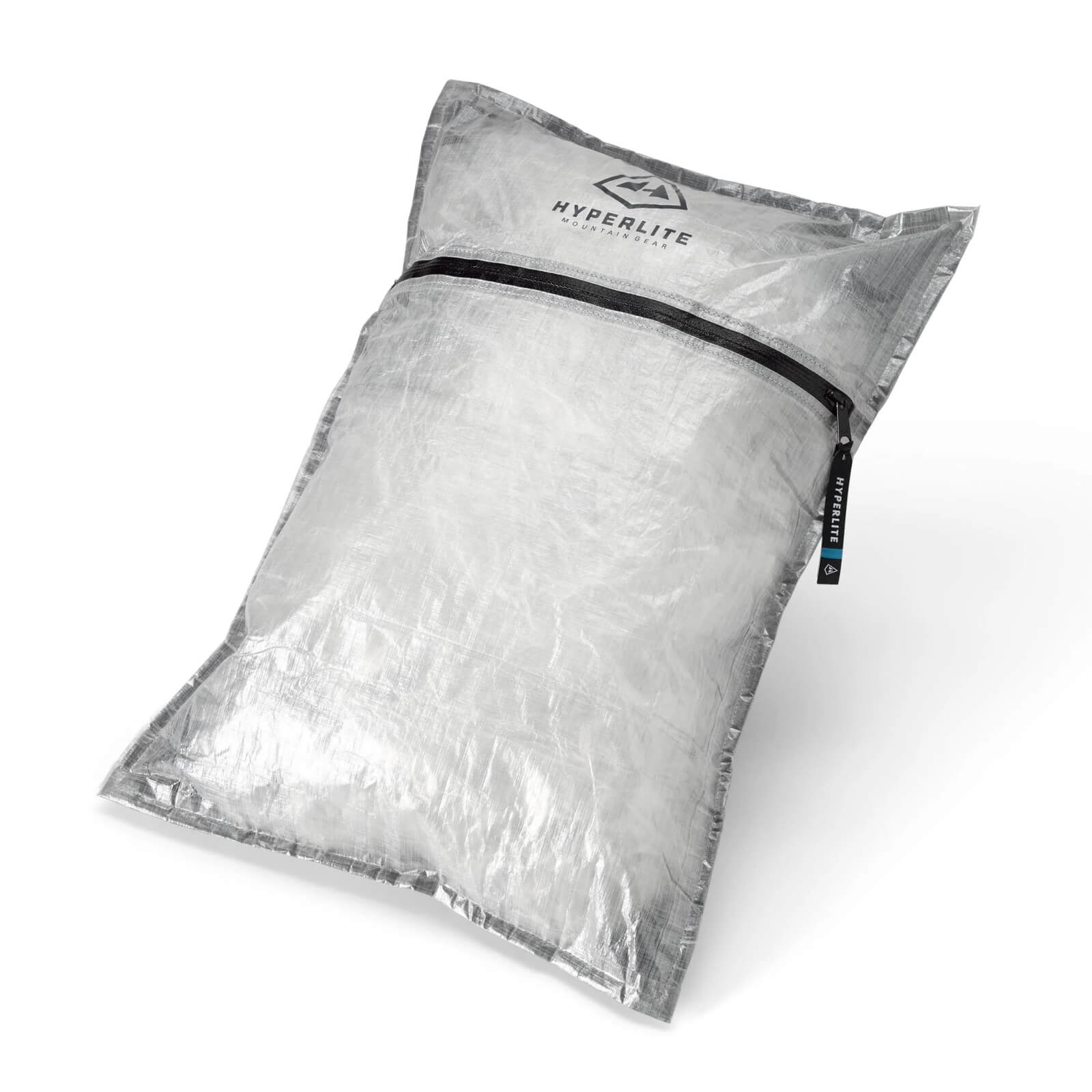
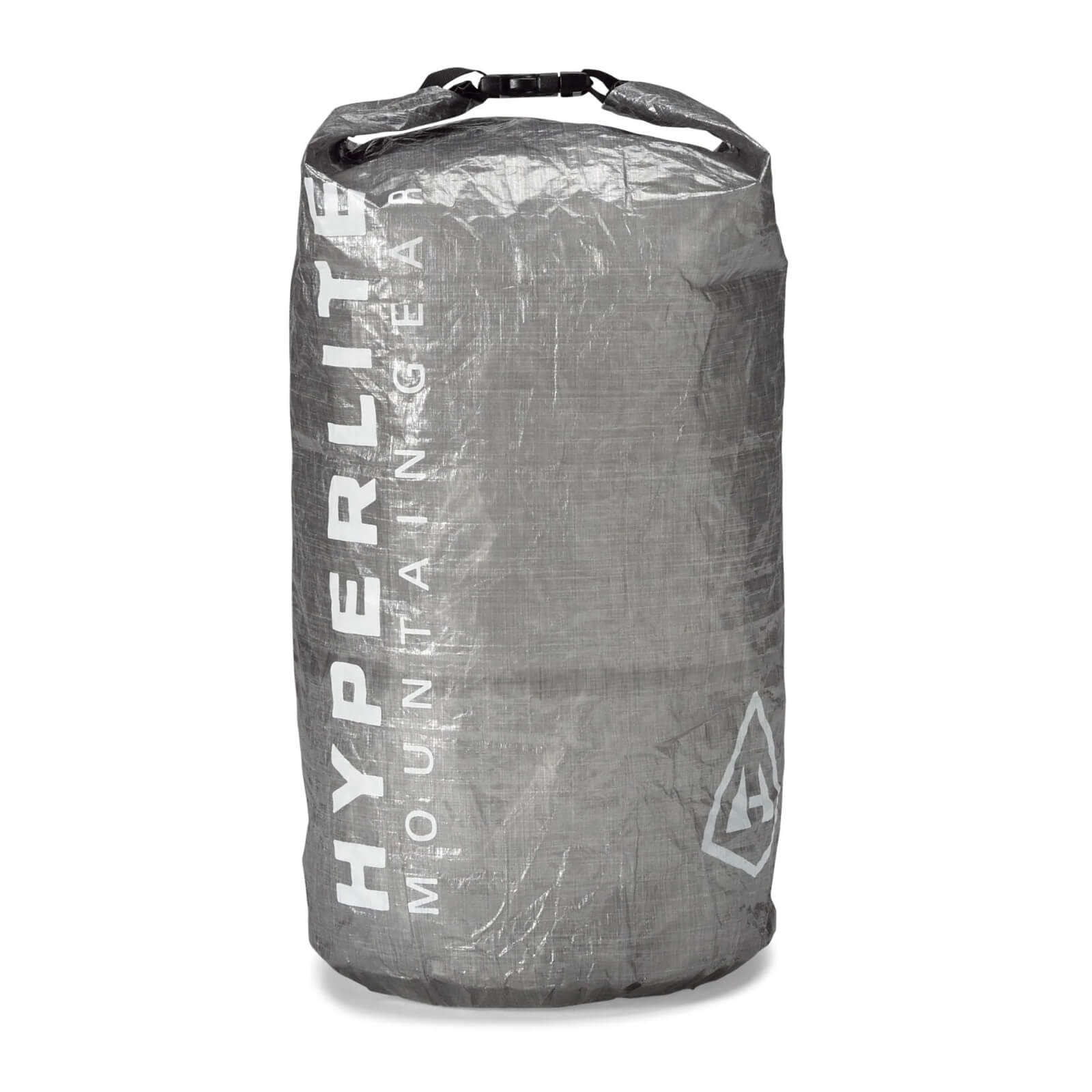
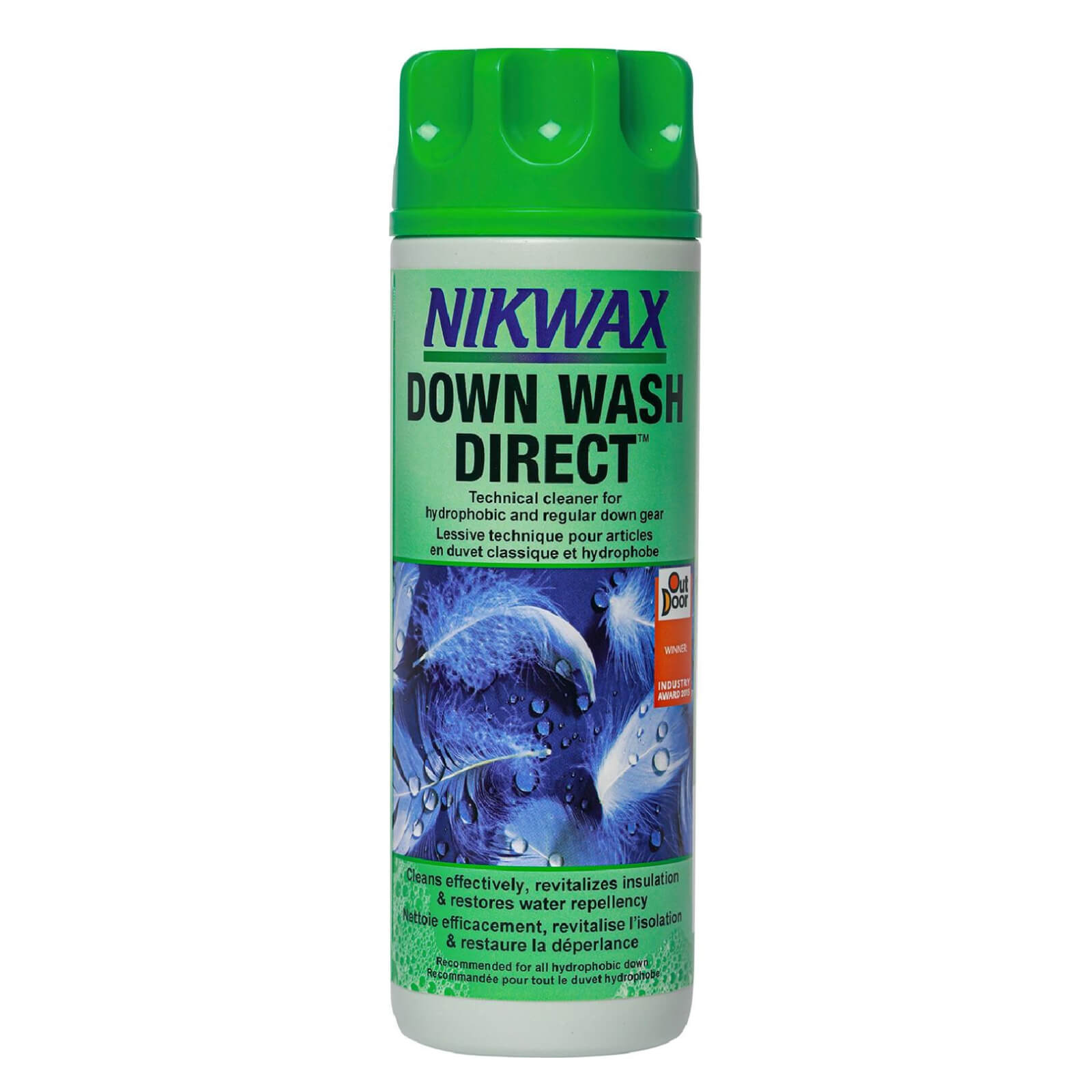
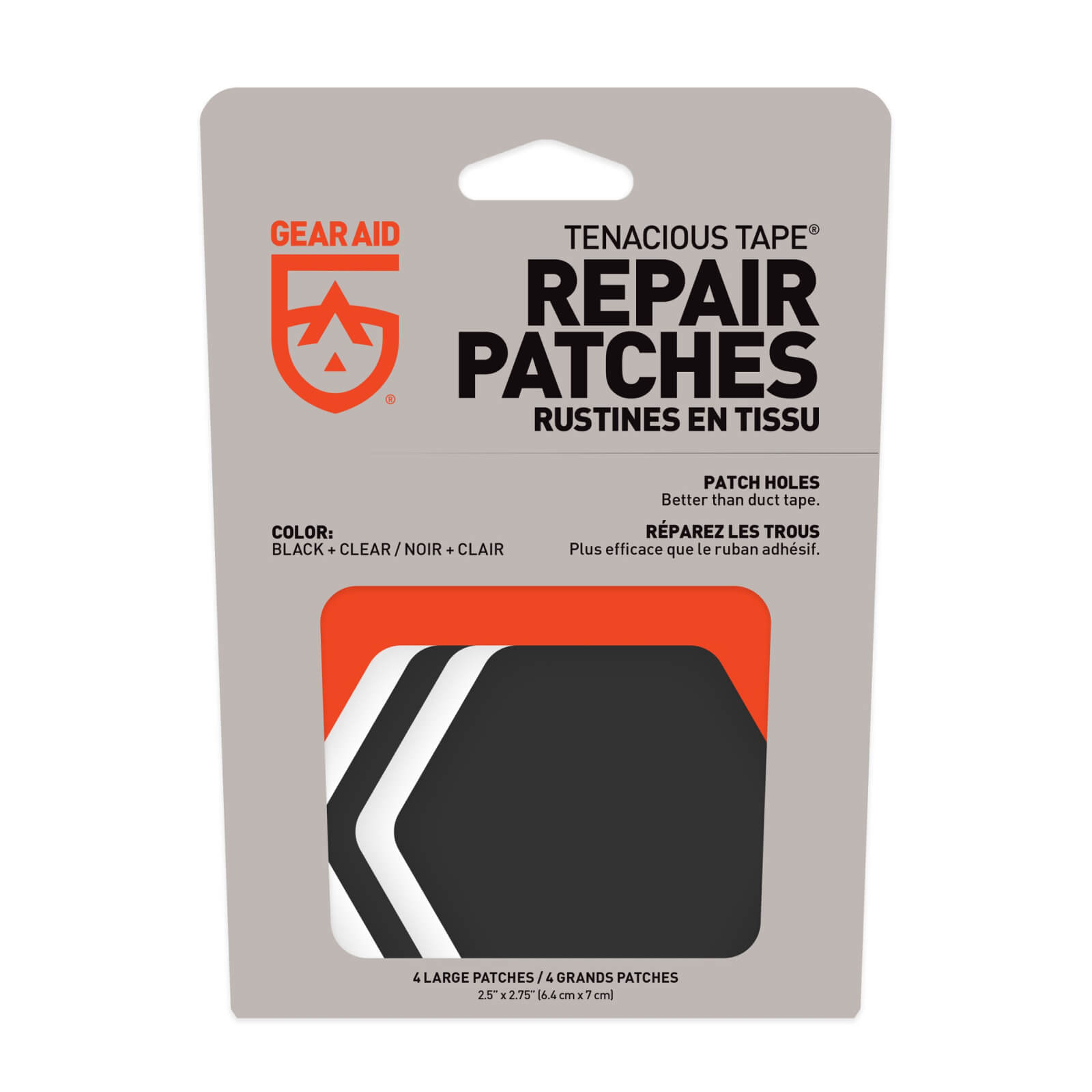
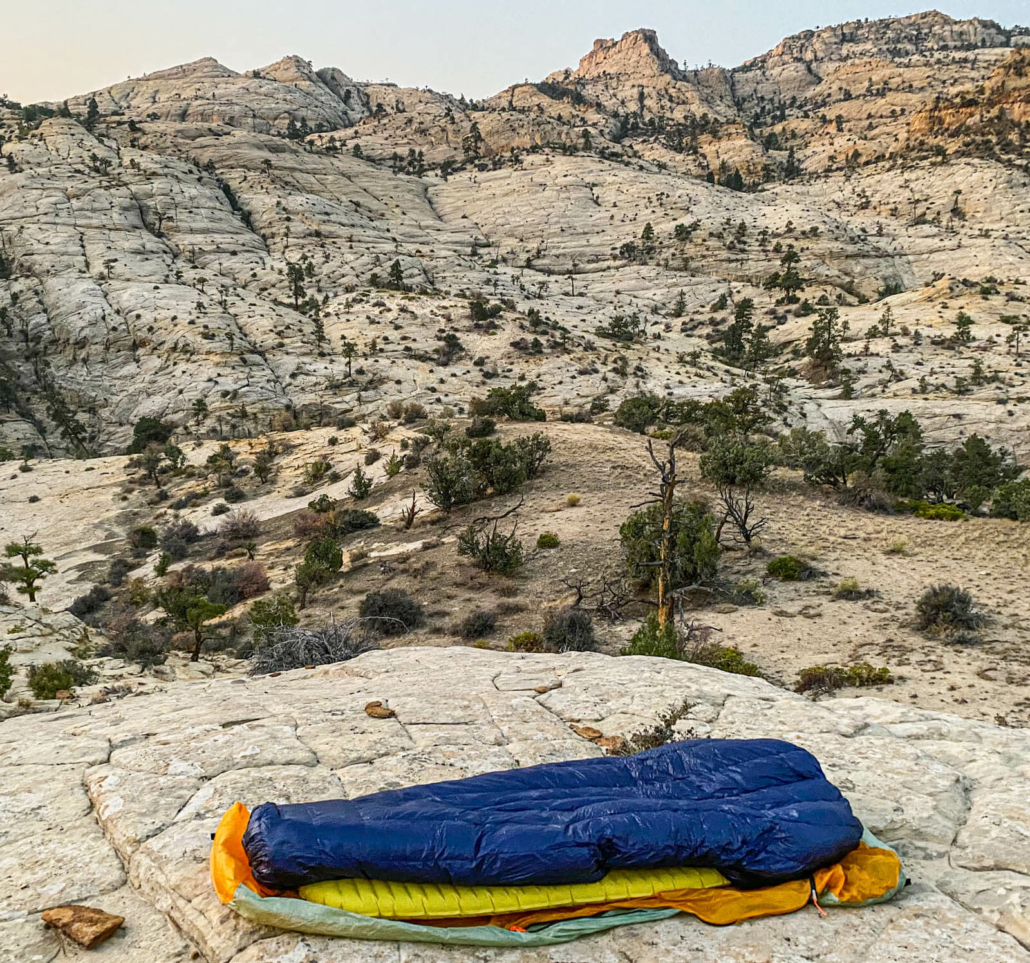
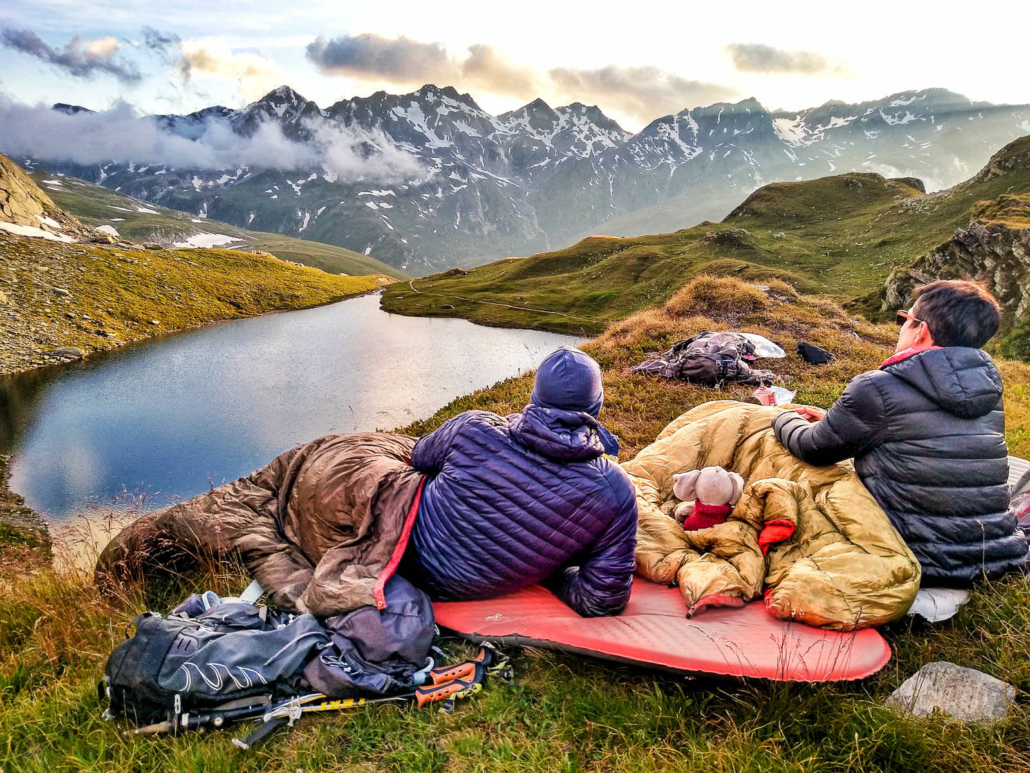
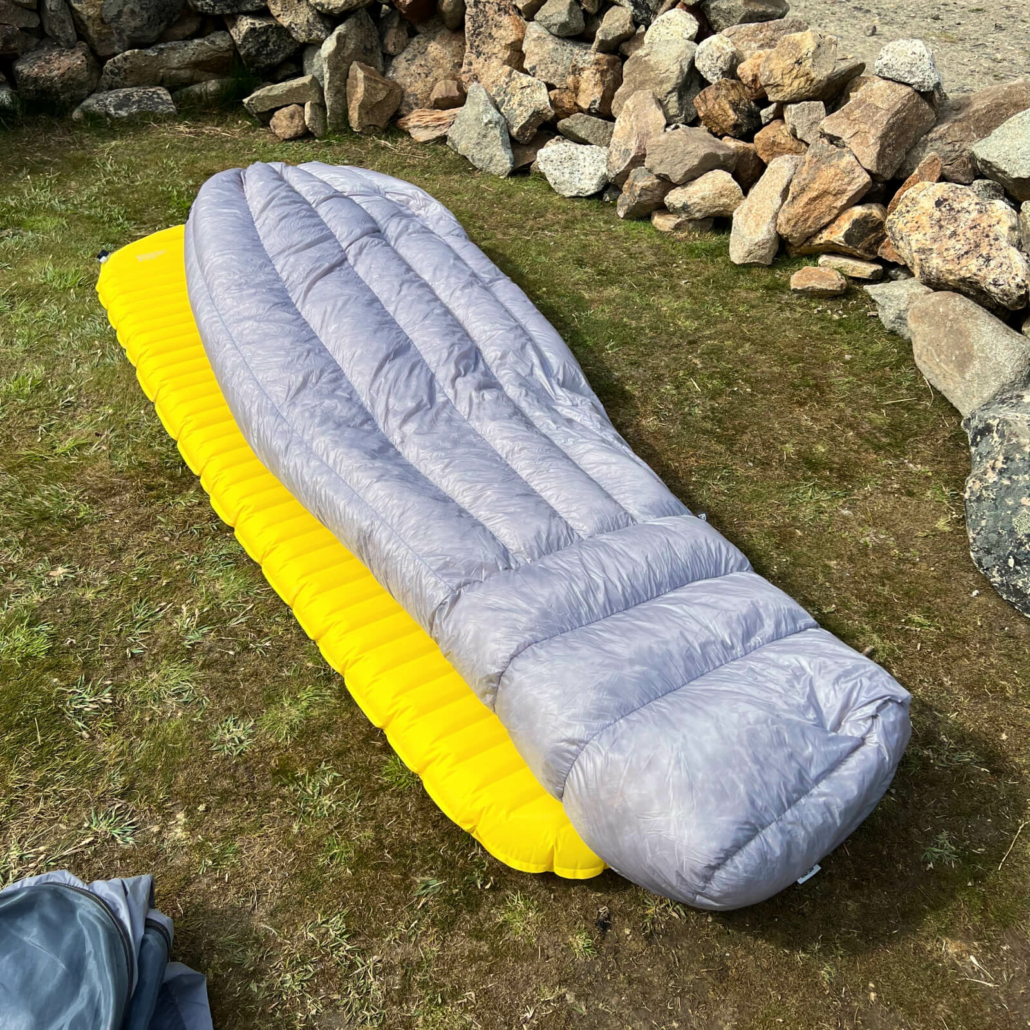
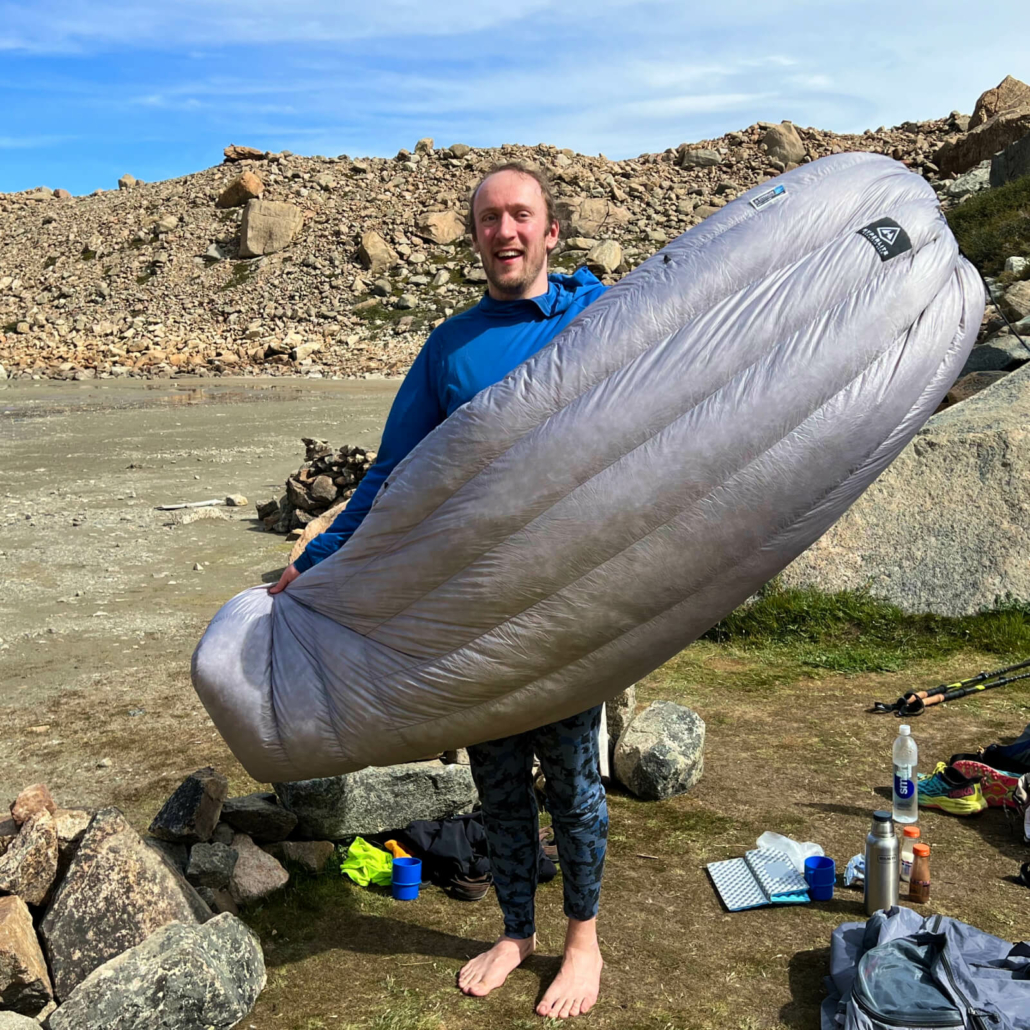
Related Posts
Best Small 2 Person Tent for Backpacking & Camping 2024
Tents, Tarps & Shelters, Buyer's Guides, Gear Guides, Tents & PacksBest Ultralight Sandals For Backpacking 2024
Footwear, Clothing, Buyer's Guides, Apparel Guides, Footwear & AccessoriesBest Trail Running Shorts For Hiking 2024
Clothing, Buyer's Guides, Apparel Guides, Bottoms